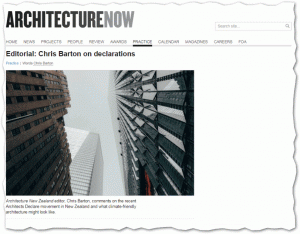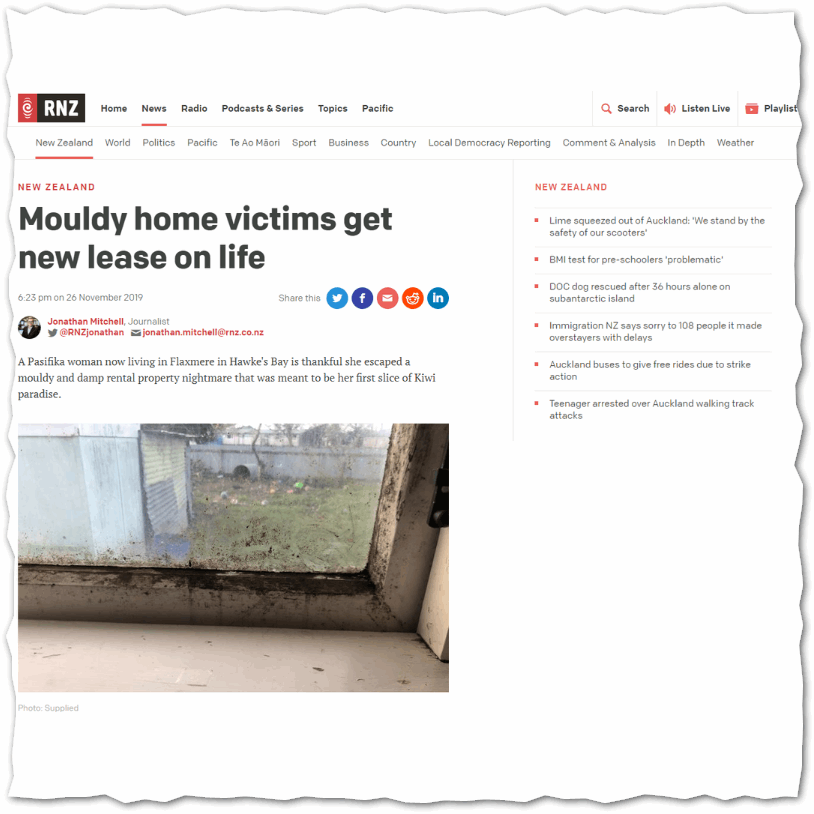I try and read Daniel Overbey’ posts for the technical content but in his first post of the year, he presented a real challenge. “John Elkington is often credited with first coining the term ‘triple bottom line’ in his 1997 book Cannibals with Forks. He defined the triple bottom line as a sustainability framework that examines an enterprise’s social, environmental …
2019 December 16 Construction Canada: B.C. Setting New Standard For Building Energy Performance
BC Step Code Way Out In Front Comparing New Zealand to British Columbia, Canada is an interesting one. Its population is very similar to NZ (5.1 million people compared to our 4.8 m). When I talk to friends from Vancouver, they mention the crazy run-up in real estate prices (even worse Auckland) but also how everything will be Passive House …
2019 November 26 Otago Daily Times: Sustainable Communal Housing Requires Skill
This is a great short video of the co-housing project. If you watch closely you can see lots of construction details and products. My favourite Easter egg is the shot of the slab edge where you can see the domestic hot water central loop which is VERY well insulated. Love the eHaus branded WRB as well. Although not mentioned this …
2019 November 26 Radio New Zealand: Mouldy Home Victims Get New Lease On Life
In our opinion every home needs continuous mechanical ventilation. EVERY HOME. Alice Peacock, who works as a social worker with the healthy housing programme, travels around the Bay helping vulnerable families in mouldy houses. “It’s in everyone’s homes – but it is just particularly bad in some homes where it is a lot harder to ventilate the home – if …
2019 November 22 Newsroom: NZ is still building leaky homes
We are still building leaky homes. “According to journalist Peter Dyer, who has spent the past seven years researching the crisis, we are still making the same mistakes. ‘Everyone I talk to says we are still building them.’” Yep. Unfortunately this is true. And we’re trying to cover up poor design approaches – literally the same ones that caused these …
2019 November 21 Wanaka Sun: Meeting Luggate Community Needs
“QLDC endorsed an ultra‐low energy passive house concept for the new hall in late 2018, which will make it one of the first community facilities built and certified to passive house standard anywhere in New Zealand.” I expect this project will result in a significant change in how councils view the business case for facilities they will own and operate …
2019 November 21 Scoop Business: Build a Healthy Home for Asthma Sufferers
“Often the last place considered to improve health, thermal efficiencies, home comforts, and more, is the slab your house is built on. Yet it might surprise you to learn that approximately 15% of a home’s heat is lost through the foundation.” We agree completely with this media release by MaxRaft that New Zealand houses need fully insulated slabs, especially including …
2019 November 20 “Architects Declare”: NZ Profession Takes a Stand on Combating Climate Change

“Architects Declare”: NZ profession takes a stand on combatting climate change “We have a New Zealand version of Architects Declare, an international set of guidelines that signatories pledge to follow to help prevent irreversible damage from the global heating climate crisis.” It is good to see the architectural profession in NZ wake up and realise they can make a difference. …
2019 November 11 Otago Daily Times: Sustainable Architectural Approach Earns Distinguished Award
I had the pleasure of meeting Anne for the first time last week, at her office in Wanaka. She is the architect for Luggate Hall, which is targeting Certified Passive House performance. Good to see her recognised for her work. I’m looking forward to seeing something amazing for what we all hope will be the first of many Certified Passive …







